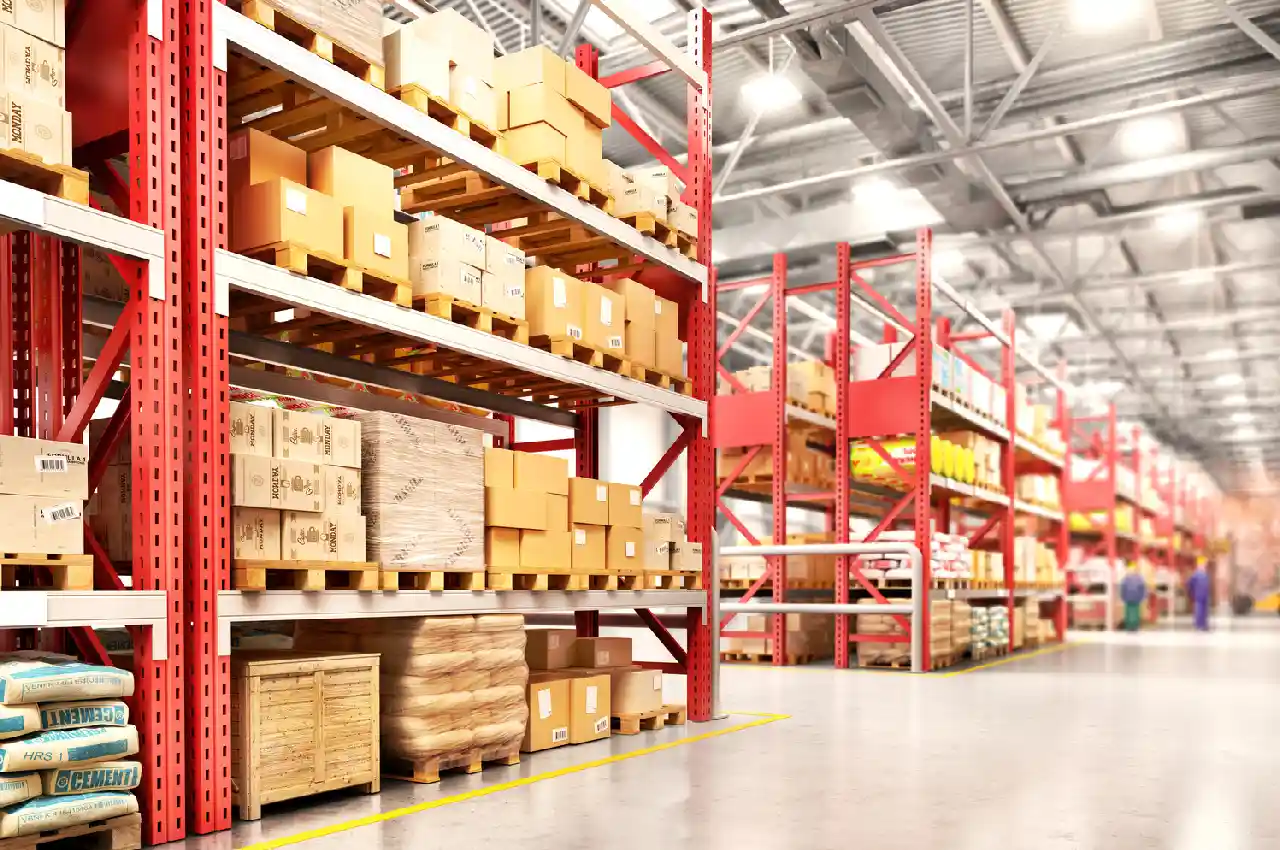NEWS
6 Common Mistakes with Warehouse Organization and How to Avoid Them

Do you find yourself losing products in piles of inventory? Have you ever struggled to find the right piece at the right time?
Most companies struggle with some degree of warehouse organization. It’s challenging to store items, comprehend the location, and access them on demand. Not addressing these issues can hurt your business.
Understand the most common mistakes with warehouse organization. Prevent them before they cost you sales or waste your time. Read on to learn more.
1. Lack of Proper Planning
Lack of proper planning is one of the most common mistakes in warehouse organization strategy. Warehouse operations can quickly get out of hand if there aren’t good layouts for warehouses and a clear plan for organizing inventory.
Some ways to avoid this mistake are to make a plan from the beginning showing where things will be stored and to set goals with precise due dates. Create clear guidelines for each employee to follow from when items are checked in to when they are checked out.
2. Inadequate Labeling
If things aren’t labeled correctly, they can get lost or mixed up, the wrong items can be sent, and things can get messy. High visibility labeling, such as color-coded labels, is ideal for tagging items and locating containers.
Brands should also have specific information about the things and be securely attached. They should also be updated regularly so that the attachment warehouse inventory can be tracked as well as possible.
3. Improper Inventory Management
Without effective control of inventories, warehouses can be left with surplus stock. This leads to lost profits, expired items, and an overall lack of efficiency. One of the best ways to prevent this is by properly monitoring and tracking purchases of materials and products.
This can be done with software that tracks where items are in real time and sends alerts when stock is low. Also, it lets the user know what needs to be restocked or thrown out.
4. Neglecting Safety Measures
Warehouses can become a breeding ground for hazardous conditions and potentially disastrous scenarios without proper equipment and protocols.
Some preventative steps include providing safety training for workers, considering the size and type of stored items, and implementing high-visibility markings to designate safety zones.
5. Inefficient Logistics Software
If your logistics software isn’t working well, you might lose track of your goods or package, ship orders incorrectly, and other errors that can result in high costs and customer dissatisfaction.
To avoid such costly mistakes, investing in reliable software such as 3pl software designed explicitly for fulfillment warehouse canada logistics is essential. This gives complete visibility of all data. It includes stock amounts, multiple locations monitoring, and inventory movement tracking.
6. Lack of Continous Improvement
Many warehouses get stuck in a “this is how we have always done it” mentality and fail to use new tools, technologies, and methods.
To avoid this mistake, warehouses should constantly strive to identify areas for improvement through benchmarking, tracking historical data, and involving employees in the process.
Avoid These Mistakes With Warehouse Organization
Common mistakes with warehouse organization can be easily avoided with proper planning, labeling, and design. With the right preparations and organization, warehouses can run efficiently and reduce the risk of costly mistakes.
For more informative topics, check out the rest of our site!
Having completed my education in English, I’ve cultivated a successful career as a content writer. My tenure includes valued collaborations with distinguished professional organizations, reflecting my commitment to producing high-quality content.
Contact me on this mail: [email protected]










